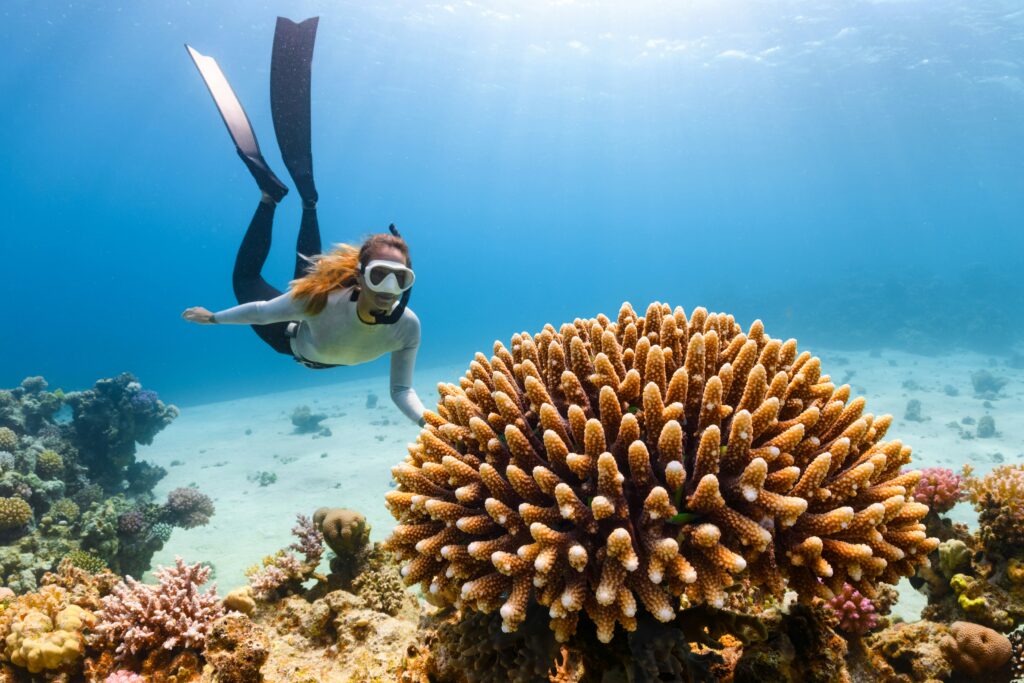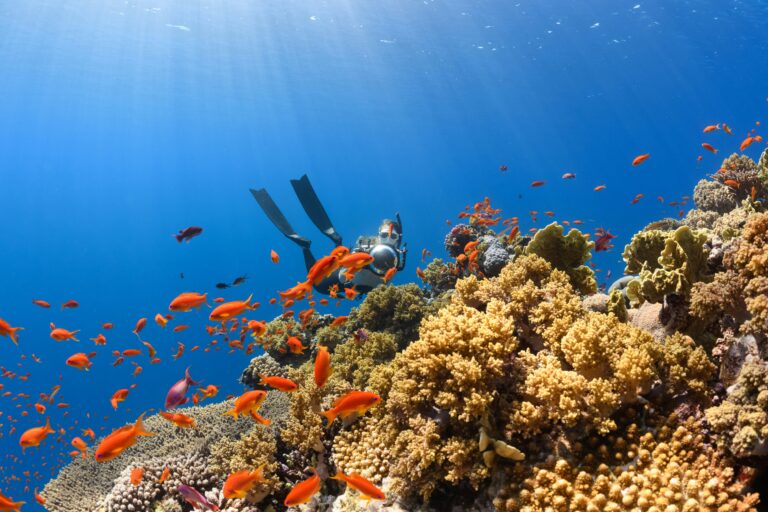Coral reefs, often referred to as the “rainforests of the sea,” are among the most biodiverse ecosystems on the planet, providing habitat for countless marine species and supporting the livelihoods of millions of people worldwide. However, these vibrant underwater ecosystems are facing an unprecedented threat known as coral bleaching. Coral bleaching occurs when corals expel the algae living in their tissues, causing them to turn white and leaving them vulnerable to disease and death. In this article, we’ll delve into the delicate balance of coral bleaching and explore the various threats facing coral reefs, both human-induced and natural.
Understanding Coral Symbiosis
Coral symbiosis refers to the mutually beneficial relationship between corals and certain types of algae, particularly zooxanthellae. These algae live within the tissues of the coral polyps and provide them with essential nutrients through photosynthesis. In return, the coral provides the algae with a protected environment and compounds necessary for photosynthesis, such as carbon dioxide and minerals. This symbiotic relationship is crucial for the growth and survival of coral reefs, as the energy produced by photosynthesis helps corals to build their calcium carbonate skeletons, which form the structure of the reef.
Causes of Coral Bleaching
Coral bleaching occurs when coral polyps expel their symbiotic algae, causing them to turn completely white. This expulsion can be triggered by various stressors, including:
Temperature Stress
Elevated sea temperatures, particularly during periods of prolonged heatwaves, can lead to coral bleaching. High temperatures cause the corals to expel their symbiotic algae, either because the algae produce toxins at high temperatures or because the stress disrupts the symbiotic relationship.
Pollution
Pollutants such as runoff from agricultural areas, sewage, and chemicals from industrial activities can degrade water quality and stress corals, making them more susceptible to bleaching. Nutrient pollution, in particular, can lead to algal blooms that smother corals and disrupt their symbiotic relationships.
Ocean Acidification
Increasing levels of carbon dioxide in the atmosphere are absorbed by the oceans, leading to ocean acidification. This can hinder the ability of corals to build their calcium carbonate skeletons, making them weaker and more vulnerable to bleaching events.
Impact of Bleaching on Coral Reefs
Coral bleaching has devastating consequences for coral reefs and the ecosystems they support. When corals bleach, they are not dead, but they are under immense stress and more susceptible to mortality. The loss of symbiotic algae deprives corals of their primary source of energy, making them weak and more susceptible to diseases. Additionally, without the colorful algae, corals lose their vibrant hues, which can affect the overall biodiversity of the reef by disrupting the delicate balance of species that rely on the coral habitat. If bleaching events are severe or frequent, coral reefs may struggle to recover, leading to long-term declines in reef health and ecosystem services such as coastal protection, fisheries, and tourism.




